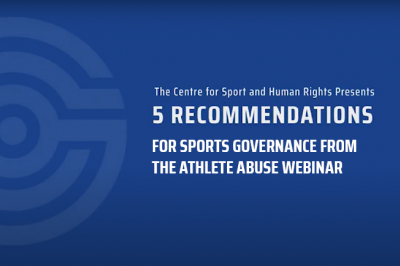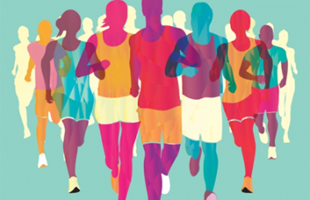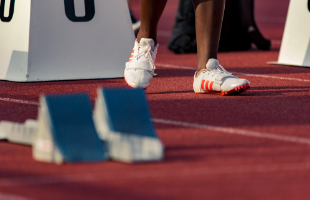Athlete Abuse webinar: Practical solutions for sports governance

Sport has the power to do good, but unfortunately, the alarming number of cases of abuse against athletes being brought to light shows it is also capable of doing incredible harm. The need for action is urgent and pressing.
With the release of the film Athlete A and non-recent and current abuse cases in sport throughout the globe, the issue is becoming more widely known.
The Centre for Sport and Human Rights hosted a webinar, on 21 October, which discussed this issue with the aim of finding practical, implementable solutions for sports governance.
The webinar highlighted different cases of athlete abuse, starting with the Larry Nassar scandal in US gymnastics through to allegations of abuse in synchronised swimming in Mexico, to figure skating in China, football in Haiti, gymnastics in Australia, and athletics in Ethiopia, showing just how pervasive and global this issue is around the world.
Participants focused on the the following questions:
- What does abuse look like in sport? And why is it seemingly so common?
- What does a survivor-centred approach to remedy look like in sport?
- What are some of the solutions sports bodies and others can take now to put an end to abuse in sport?
The session explored potential solutions that could be implemented by sports governance immediately, and provoked debate as to what still needs to be done. Participants highlighted a number of recommendations:
1. Normalise the topic and focus on education:
- Abuse and prevention of abuse must be discussed more widely among athletes, coaches and officials. This will combat the stigma around abuse and reduce barriers to reporting.
- All athletes, coaches and sports officials need to participate in at least one training session, relevant to their role, on the safeguarding and protection of children.
- Coaches, assistant coaches and athletes need training in order to:
- recognise what abuse looks like, what is and is not acceptable behaviour, and how and where it’s most likely to occur
- know how to respond to concerns or reports of abuse
- understand that everyone in sport shares a responsibility to prevent and report abuse
2. Have a process
- Whistleblowers and survivors have done enough by reporting the issue – it is not their job to conduct more investigation, gather evidence and/or find solutions.
- Rather, there must be a process in place that clearly defines what to do if someone sees or experiences abuse, which outlines steps the organisation will take to investigate and if necessary, provide remedy. This process also needs to be:
- Protective: Many whistleblowers and victims put themselves at great risk by coming forward - they need dedicated support and protection
- Transparent: Victims and whistleblowers need to know what is going on and be kept up to date
- Supportive over the long term: Organisations need whistleblowers and victims to come forward to identify problems early. To do this, they need independent logistical, clinical and legal support
- Investigative: Going forward, organisations cannot rely on victims to investigate. Sport bodies must have an independent process to investigate when abuse is reported. Where victims and survivors’ input is needed, this needs to be done safely and in a manner that protects victims from further trauma.
3. Take it seriously and listen:
- When someone comes forward with an allegation, even if it just a concern, it should always be taken seriously – it is not the job of whistleblowers and survivors to verify facts. That is the job of an independent, investigative process
- Those who come forward are telling your organisation something that it needs to know and in doing so, they have given your organisation the opportunity to do something about it
4. Independence:
- Policies and processes which are not independent at a minimum aren’t as effective as those that are, and can also cause harm. In other words, if the person causing or contributing to the abuse is also the person who is overseeing a reporting process, those affected are not going to be or feel safe using it.
5. Safeguarding:
- All sports bodies need to have formal policies in place to safeguard athletes, including children and vulnerable adults.
- Sports bodies and other organisations working in sport need to have dedicated capacity in safeguarding, including someone who can identify early warning signs, care for people and train others
- This resource should also have sufficient seniority to be able to instigate investigations and make recommendations
Minky Worden, Director of Global Initiatives, Human Rights Watch
Kat Craig, CEO of Athlead and a human rights lawyer
Kelly Lindsey, Director of Women’s Football at Federation Royale Marocaine de Football
Shoichi Sugiyama, partner at Tokyo firm Field-R Law Offices
Thanks to our panel and to everyone who attended and contributed questions and ideas.
Full replay



